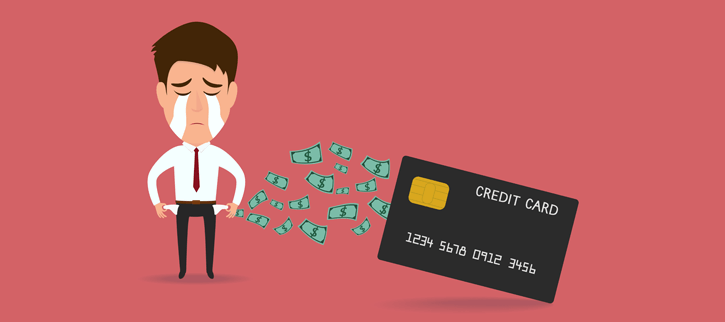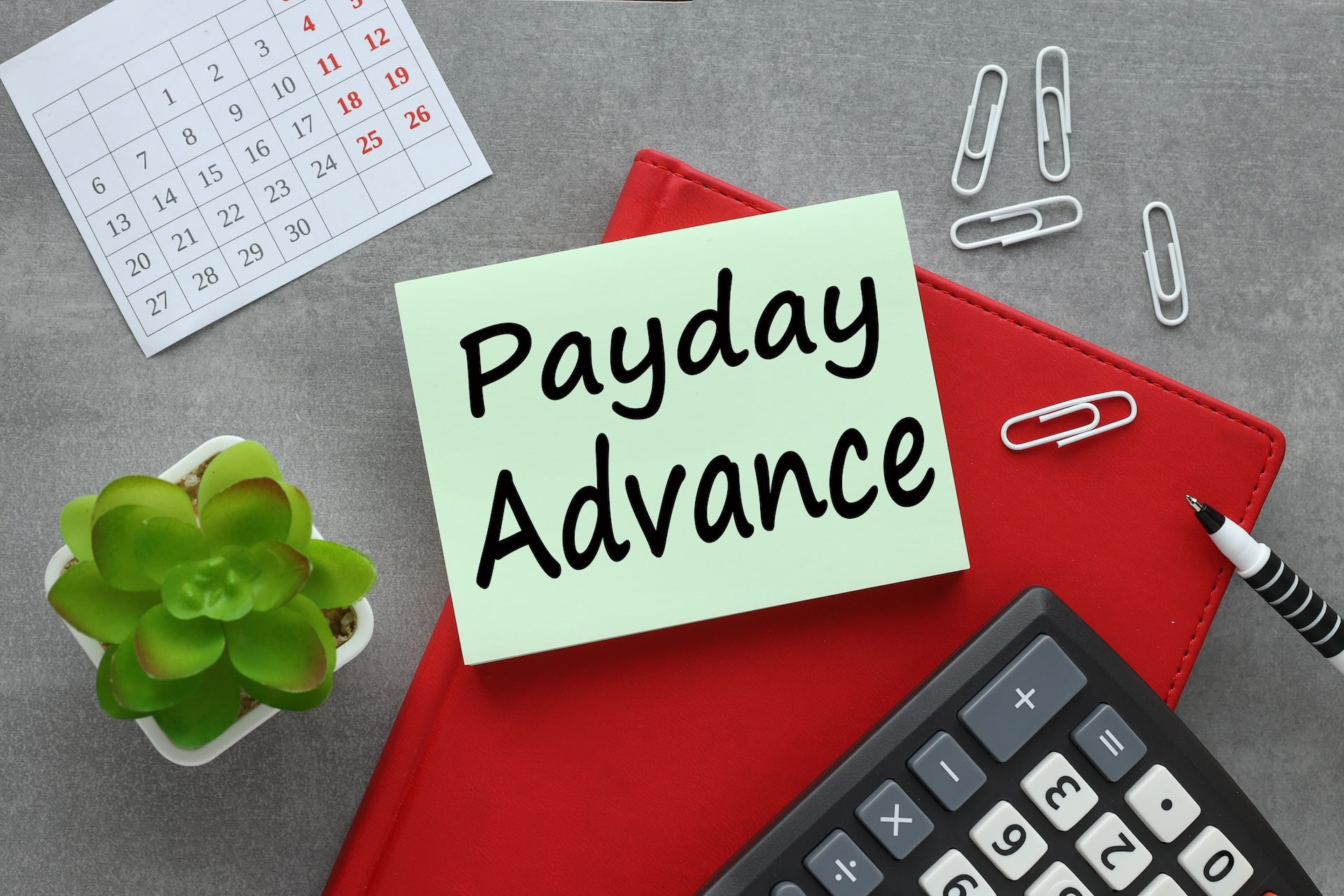Credit scores help lenders assess risk when issuing loans. A higher credit score (lower risk) typically translates into reduced interest rates, better credit card offers, and less expensive insurance premiums, among other benefits, all of which can result in massive savings over the course of a lifetime.
Unfortunately, more than 50% of consumers in the U.S. have a VantageScore that’s considered Poor (550-649) or Very Poor (300-549). When applying for credit, higher-risk consumers in these buckets might be approved with unfavorable terms or denied all together. Additionally, a low credit score can make it extremely difficult to secure an apartment or even obtain a cellular service plan.
In order to improve your credit score, it’s important to understand the main factors affecting it and their relative weights. The most important factors affecting an individual’s credit score are:
- Payment history (35%): Do you pay your bills on time? Late payments quickly and negatively affect your credit score.
- Credit utilization (30%): How much of your available credit are you using? The lower the credit utilization ratio, the better.
- Credit age (15%): How long have your accounts been open? Credit issuers prefer consumers that have a history of maintaining accounts responsibly.
- Credit diversity (10%): Do you only use one type of credit or are you able to manage multiple credit products effectively? A diverse credit mix, including installment loans and revolving credit, can help your score.
- Number of inquiries (10%): Do you often apply for new credit products? Each “hard inquiry” into your credit can cause your score to drop by a few points. “Soft inquiries,” such as employer checks, self-checks, and prequalification for offers, don’t hurt your score.
With these factors in mind, researchers at Credit Sesame analyzed data from users of its free credit score products to determine the easiest and most effective ways to build credit. While building credit should admittedly be thought of more as a marathon than a sprint, Credit Sesame found that there are many strategies that can result in score increases fairly quickly with minimal effort. While certainly no substitute for long-term financial responsibility, here are the easiest ways to raise your credit score:

1. Request a Credit Limit Increase on Existing Accounts
- Category: Credit utilization
- Impact: High
- Time for improvement: 1-2 months
- Effort: Low, only if good credit already
If you have good credit and are not concerned about overspending, one of the fastest and easiest ways to raise your credit score is to request a credit limit increase on existing accounts. For a given balance, an increased limit lowers credit utilization, which is one of the most important factors affecting your credit score. For example, if you have a $2,000 balance with a $4,000 credit limit, your utilization ratio is 50%, which is high. If your card issuer were to raise your limit to $8,000, your utilization would drop to 25%. On average, Credit Sesame found that decreasing credit utilization by 25 percentage points can result in a 30-point increase in credit score.

2. Apply for a New Credit Card to Raise Credit Limit
- Category: Credit utilization
- Impact: High
- Time for improvement: 1-2 months
- Effort: Low, only if good credit already
Similar to requesting a credit limit increase on existing accounts, another quick and low-effort way to decrease credit utilization is to apply for a new credit card. This low-effort, high-impact strategy can yield similar score impacts as requesting a credit limit increase with one caveat—applying for a new credit card often results in a temporary credit score drop (5-10 points) during signup, which recovers in about two months. This strategy is also only an option for individuals with strong enough credit to be approved for a new card. Individuals should be realistic about their ability to manage additional cards before pursuing this route.

3. Sign Up for Automatic Payments
- Category: Payment history
- Impact: High
- Time for improvement: Long-term
- Effort: Medium, budget permitting
Given that payment history is the most important factor affecting your credit score, it’s not surprising that missing payments is one of the quickest ways to damage it. Late payments stay on your credit report for seven years (although their impact diminishes after two). While sometimes missed payments are unavoidable due to insufficient funds, simply forgetting to make a payment is also common, yet easy to avoid. Setting up automatic payments for your accounts is a surefire way to never overlook a future bill. In fact, Americans with automatic payments are almost 70% less likely to miss a payment than those without. In a recent six-month study, Credit Sesame found that users with automatic payments were able to raise their credit score an average of 27 points while those without automatic payments managed to raise their credit score only 11 points over the same time period.
Recommended Content

4. Check Free Annual Credit Report & Dispute Errors
- Category: General
- Impact: High
- Time for improvement: 1-2 months
- Effort: Medium, can improve score fast
The Federal Trade Commission estimates that as many as 20% of consumers have errors on their credit reports. While some errors—like misspelled addresses—are benign, others can be detrimental to your score. Fortunately, the Fair Credit Reporting ACT requires that each of the national credit reporting agencies (TransUnion, Equifax, and Experian) provide individuals with a free copy of their credit report once per year, making it relatively easy to check for errors. Depending on what’s found, requesting corrections could have an immediate positive effect on your score. Individuals that check their scores with regularity are more likely to discover and report issues, and track improvement over time.

5. Get a Secured Credit Card
- Category: Payment history
- Impact: High
- Time for improvement: Long-term
- Effort: Low, build payment history over time
A secured credit card is one that requires a security deposit that’s held as collateral by the card issuer. Users of secured credit cards make payments to their accounts just like they would for any unsecured card; the major difference is that the credit limit on a secured card is backed by the cash security deposit. These cards are good options for consumers with poor or limited credit history who are unable to get approval for a traditional card. Paying off the balance of an unsecured card in full (and on time) every month will help your credit score steadily rise. Credit Sesame found that by establishing improved payment history through the use of a secured credit card, Americans with limited credit history were able to increase their credit score an average of 63 points over a six-month period.

6. Monitor Credit Score Monthly
- Category: General
- Impact: Potentially high
- Time for improvement: Long-term
- Effort: Medium, monitor for errors and improvement
Credit monitoring is a tool that allows consumers to track changes in their credit reports and scores over short time frames, such as monthly or in real-time. Credit monitoring is especially useful in identifying fraud. For example, most people are unaware of fraudulent activity until they attempt to take out a loan or open a new account. Someone that uses a credit monitoring service, on the other hand, would receive an alert every time someone opened a new account in their name. Users of Credit Sesame’s credit monitoring product increased their scores an average of 42 points over a six-month period compared with an average of 17 points for users who did not.

7. Become an authorized user
- Category: Payment history
- Impact: Medium/High
- Time for improvement: 1-2 months
- Effort: Low, family member-permitting
If you have a poor credit history, another easy way to increase your credit quickly is to become an authorized user on someone else’s account. Assuming the primary account holder pays the bill on time and keeps a low balance, your credit score will benefit from the account holder’s good payment history. However, in the same vein, if the primary account holder does not manage the account responsibly, your score will suffer as well. If you decide to pursue this strategy, be extremely selective with who you ask.

8. Change payment due dates
- Category: Payment history
- Impact: Medium
- Time for improvement: Long-term
- Effort: Low, aligns due dates with personal cash flow
One common reason for missing payments is cash flow. For example, if your credit card bill is due on the 8th of the month, but your paycheck doesn’t hit your account until the 15th, this can create a situation where you are short on cash when your payment is due. An easy remedy for this (if your financial institution allows for it) is to adjust your payment schedule so that it lines up well with when you are paid.

9. Leave old accounts open
- Category: Credit age, credit utilization
- Impact: Medium
- Time for improvement: Long-term
- Effort: Low, adds age to your credit file
Credit age is a measure of how long you’ve maintained your credit accounts. Lenders prefer consumers who have a history of managing credit responsibly. With regards to credit scores and accounts, the older, the better. Additionally, leaving accounts open helps with credit utilization as they increase your available limit. Experian recommends that consumers leave accounts open, explaining that “the goal is to keep some revolving accounts, use them to demonstrate that you can manage credit, and keep your utilization ratio low.”
Methodology
Credit Sesame is a loan management platform that helps consumers apply for and manage their credit. The data in this report comes from a series of surveys and analyses conducted by Credit Sesame on its users and user data between January 2015 and November 2017.




















